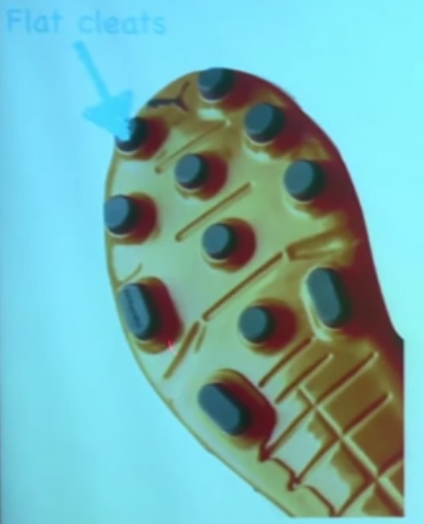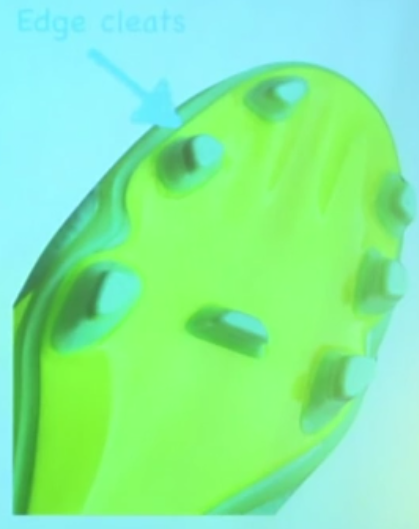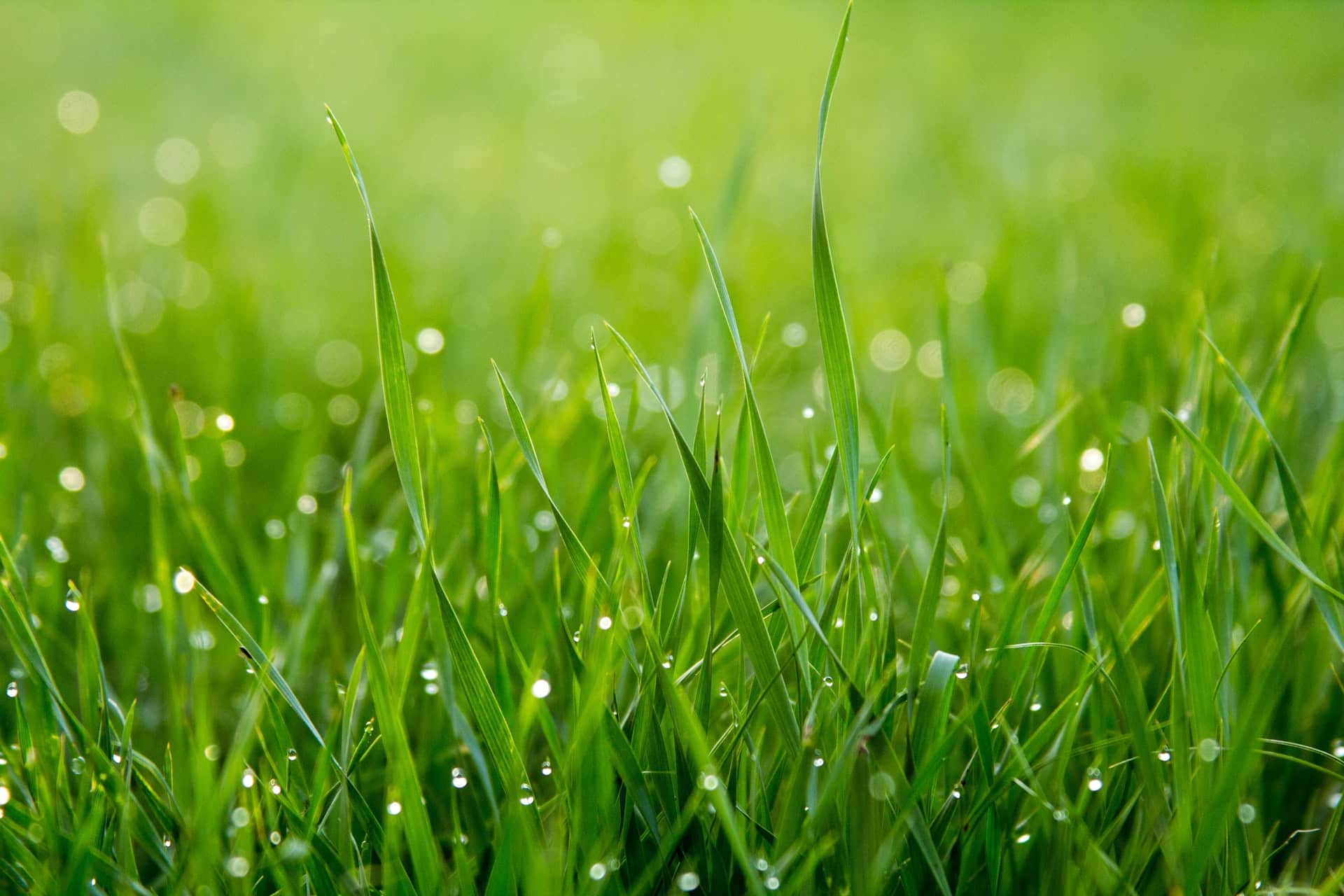Post by Sam Donaldson (M.PhtySt, BAppSci(HMS), Physiotherapist APAM SMAM)
Injuries suck ☹
Time off sport sucks ☹
Massive European football clubs have pooled their competitive data on the effect of injuries and we now have proof of a few things:
- Larger injury toll = less successful team
- Yes, the opposite is true too! The more players playing = the more successful the team!
- On average the financial cost in competitive male elite football is 500-600 Thousand Euro per month that a player is not playing!
That is enough proof for anyone that we should be attempting to do whatever we can to prevent injuries.
A consideration is the interaction between boots and grass or playing surface.


As the foot contacts the ground, we are interested in two particular forces: the horizontal and the rotational.
Research is now telling us that different combinations of these forces can be both beneficial and detrimental to the body.
→ Horizontal traction →: is the amount of friction or traction that develops in a horizontal direction as the foot hits the ground. Low horizontal traction is not ideal for performance as players are likely to slip. Higher horizontal traction makes players feel as though they can best perform in sprint testing.
↩Rotational traction ↪: is the friction generated when the boot is twisted in the surface. This is key for injury risk. A high rotational traction means the twisting boot in the grass will catch firmly and any of that rotational force will accumulate higher up the leg, rather than dissipate as the boot slides slightly in the grass.
There are some issues around grass type and boot type that have proven disastrous in the past. Of concern is an edgy type of shoe stud (angular, irregular shapes, placed around the edges of the boot), used on a particularly thatchy type of grass.
😊 ☹


Research observing injury rates in American football, also on thatchy grass, saw a 2.5x reduction in injury rate when smaller, rounded studs were used on this grass surface.
Typically, Australian surfaces are a thatchy type of grass. This is a sturdy grass with dense root structure and angular stems. So, it seems logical to make preference towards the short, rounded stud design of football boot.
And this is certainly our recommendation. Particularly if an athlete has a history of non-contact lower limb injuries (be it over use, or acute damage).
If you have an injury concern, why not discuss with us how best to ensure you prevent it in the future?!?
